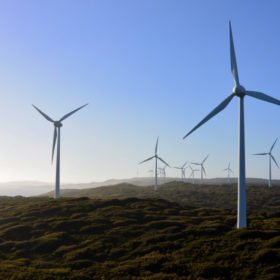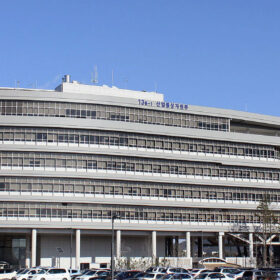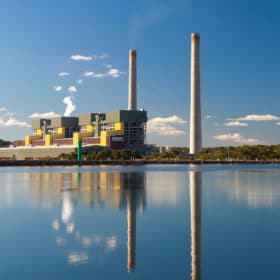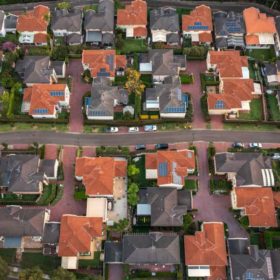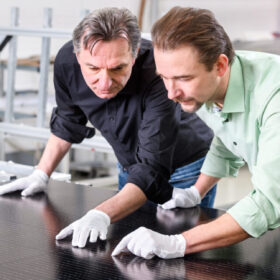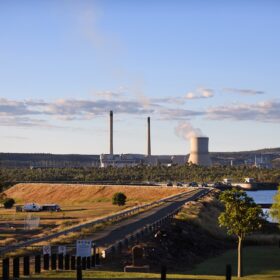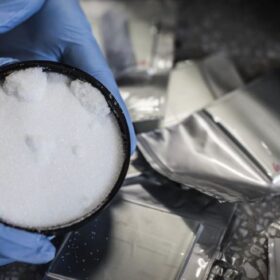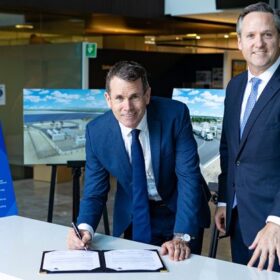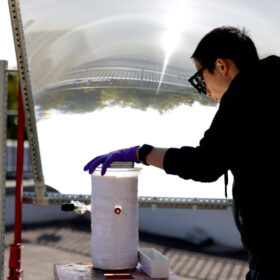Renewable investor’s new platform to diversify and streamline assets attracts superfund backing
Australian super funds Hesta and Aware Super have become minority partners into a newly launched renewable energy platform, Intera Renewables. Orchestrated by infrastructure manager Palisade Investment Partners, the fund aims to provide investors with diversified assets in terms of location, technology and offtakers, targeting stable returns and funding for new projects.
South Korea cuts capacity allocations from 4 GW to 2 GW in solar tenders
South Korea has cut its 2030 renewable energy target from 30.2% to just 21.6%, as it seeks to reduce support for solar and other clean energy sources, while preparing the ground for more nuclear power and liquefied natural gas. A lobby group is now challenging the plan in the Seoul Administrative Court.
Brookfield buys Origin, plans to build a fifth of Australia’s renewable needs by 2030
A $18.7 billion (USD 12.5 billion) takeover deal for Origin Energy has been struck with a consortium led by Canadian giant Brookfield. Brookfield’s vision for Origin involves spending “at least” $20 billion to build new renewables and storage, using Origin and its customer base as a vehicle for transition.
Rooftop solar hit new record this summer
Household’s rooftop solar supplied a record 14% of Australia’s electricity this summer – contributing more than brown coal, and more than large-scale wind or solar farms.
German manufacturer achieves 80% overall efficiency with new PVT solar module
Sunmaxx says Fraunhofer ISE has confirmed the 80% efficiency of its new photovoltaic-thermal (PVT) module. It consists of 108 PERC half-cells in M10 format, with 400 W of electrical output and 1,200 W of thermal output.
Silicon anode lithium-ion battery cell with 500 Wh/kg density
Amprius has obtained third-party performance verification for a battery cell that offers high power density in a lightweight package.
Greens claims Safeguard deal delivers ‘huge hit’ for new coal and gas
The Greens and Labor have reached a deal over the proposed Safeguard Mechanism amendments with the scheme to now include a “hard cap” on emissions and a “safeguard trigger” for ministerial intervention.
Sparc reports ‘exceptional’ results in sodium-ion battery project
Australian battery technology innovator Sparc Technologies is reporting “exceptional” results in its campaign to develop sustainably sourced hard carbon material for the production of anodes for the nascent sodium-ion battery market.
CS Energy formalises plans for Queensland green hydrogen project
The Kogan Renewable Hydrogen Demonstration Plant, which is expected to produce approximately 75 tonnes of green hydrogen annually from behind-the-meter solar energy, is nearing reality after CS Energy formalised its joint venture arrangements with ASX-listed gas company Senex Energy.
Viability of ‘direct’ green hydrogen fuel production evaluated by US researchers
Rather than using solar or wind to power electrolysis, researchers are testing the competitiveness of photoelectrochemical cells to produce emissions-free hydrogen fuels.
